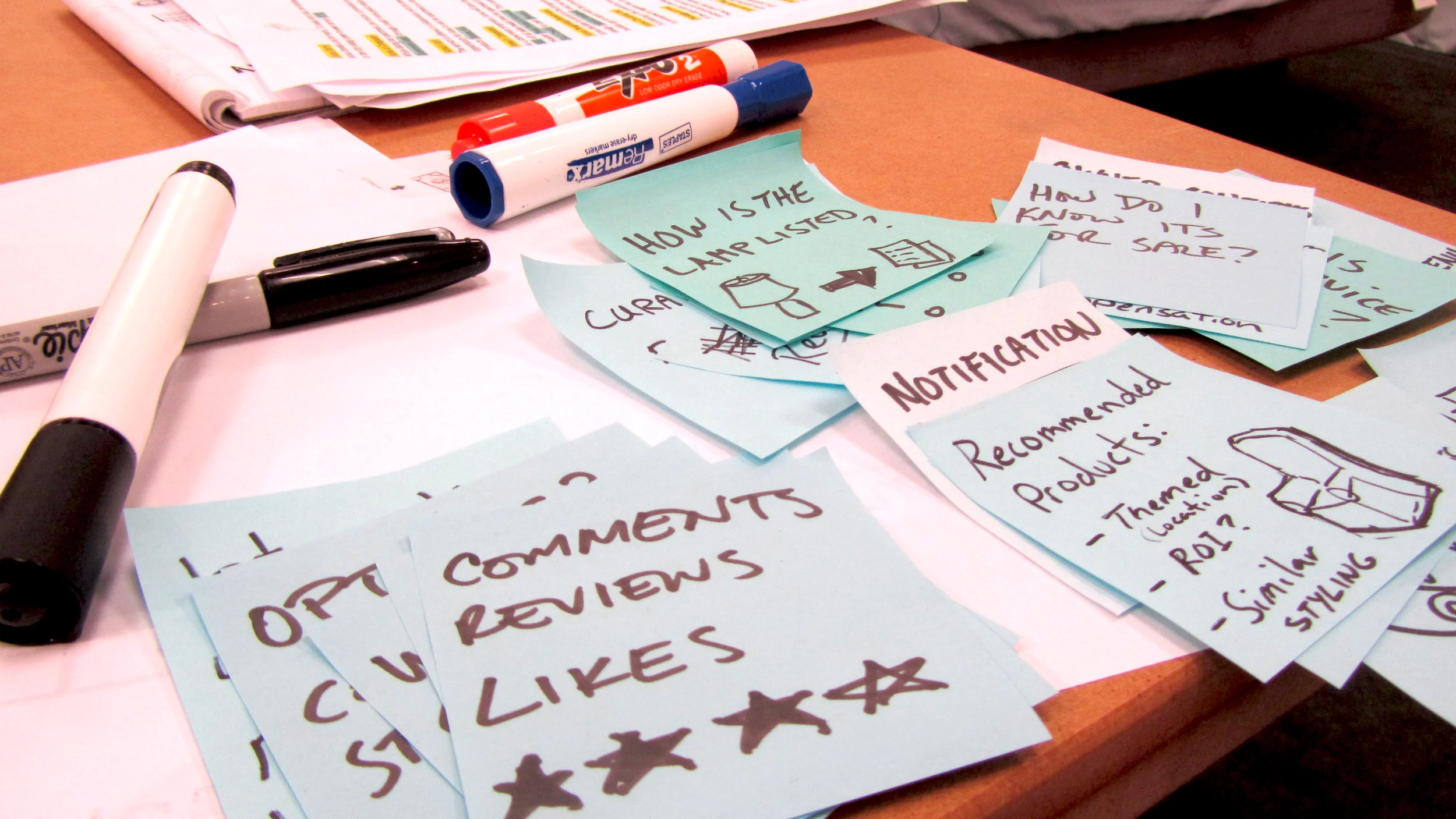The peer-to-peer economy is expected to grow by 25% in 2015. Airbnb generates $632 million of economic activity each year in new york city alone.
HOW MIGHT WE USE TECHNOLOGY TO CREATE NEW CHANNELS FOR RETAILERS TO REACH CUSTOMERS WITHIN THE GROWING PEER-TO-PEER ECONOMY?
Introducing Markit
A New Way to Shop
Markit Touchpoints






Research
The inquiry phase of this project was spent understanding the motivations of users within peer-2-peer services such a AirBnB to determine opportunities for service innovation. The needs of users were visualized using stakeholder maps and research was conducted to determine the feasibility of the service.
Stakeholder Mapping
A stakeholder map was created to better understand the context of the service and the needs of the primary stakeholders. The motivations and challenges of each stakeholder group was considered to identify opportunities for the new service. Specifically, the motivations and challenges facing homeowner/proprietors and renter/buyers were essential for constructing service journey maps.
Customer Journey Mapping
To better understand what touch points would be needed to support a peer-to-peer retail service, journey maps were constructed for both homeowners and renters. Maps for both user types were essential in identifying essential touchpoints for the service.


Touchpoint Design Criteria
Prototyping the service and the buyer/seller journeys helped identify the need for specific touchpoints within the service. These touchpoints would be developed for two different user groups:
Homeowner/proprietor needs
- support materials: quick-start guide, account management tips
- easy account management: showroom room set-up, product library
- flexible/easy credit redemption process
Renter/Buyer needs
- awareness/marketing materials: advertising, brand touchpoints
- intuitive/engaging product discovery
- convenient/enjoyable ordering & delivery process
Branding Across Touchpoints
In order to create a cohesive brand experience, a brand mark was designed to be scalable across various touchpoints both digital and physical. A blueprint of the service was created to help further identify design criteria for each touchpoint.


Prototyping
The service was rapidly prototyped using modified journey maps, sticky notes, and persona journeys. Low fidelity modeling and body storming helped identify important touchpoints and features within the service.
Wireframing
Because the primary functions of the service require user interaction with a mobile application, the information hierarchy was crafted to fit the specific needs of each user group. To ensure the success of the service, key processes with each of the user journeys were designed to be as simple, engaging, and enjoyable.
Homeowner/seller needs
- quick/easy account setup
- simple management of "showroom" inventory
- convenient credit redemption
Renter/buyer needs
- quick/easy account setup
- intuitive product discovery process
- flexible purchase process

















